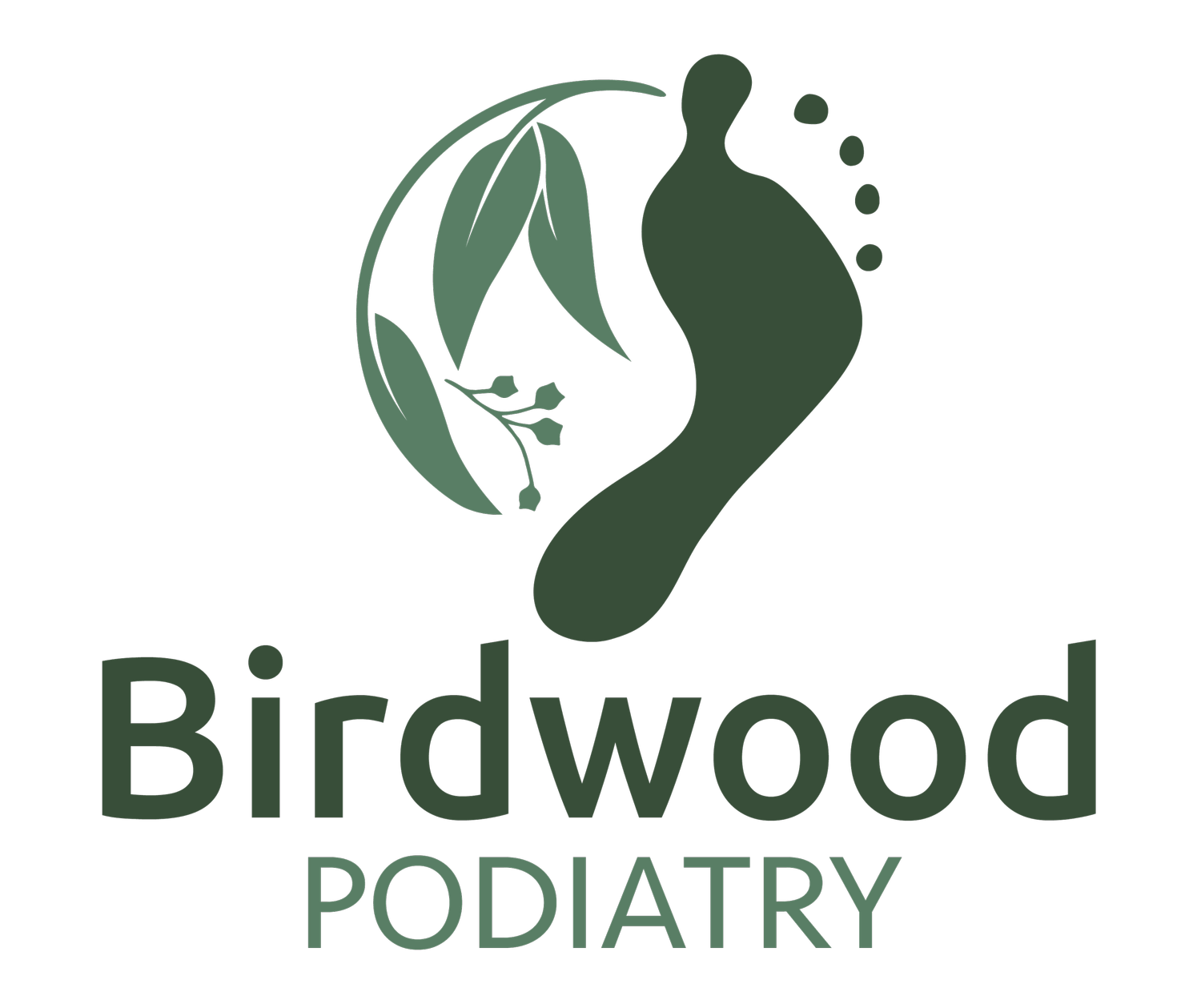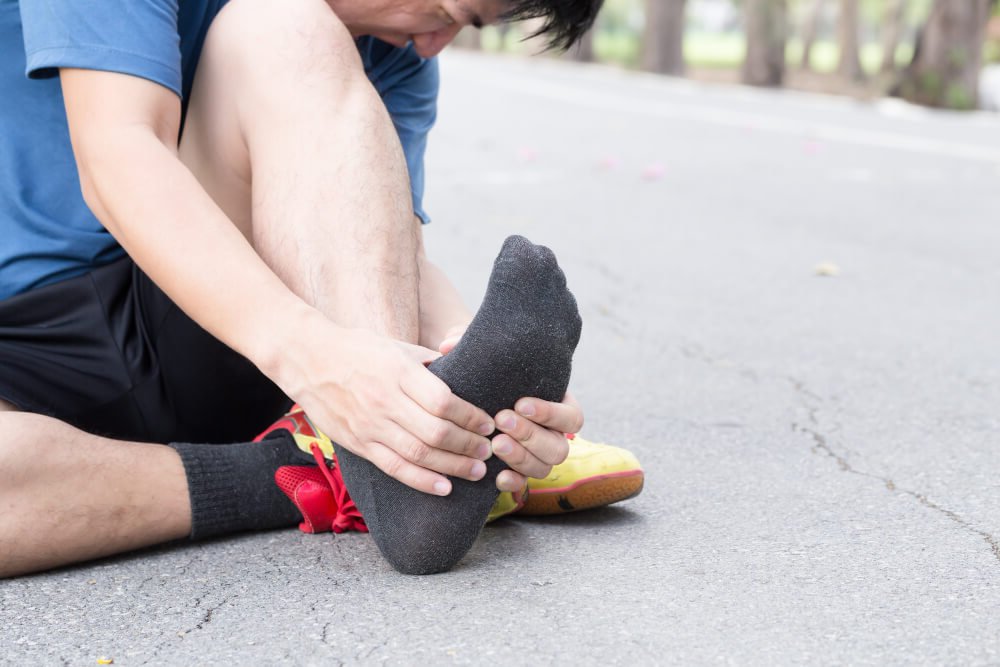Tips for Faster Healing and Injury Prevention
A Guide to Recovery and Injury Prevention for Runners
Running is a popular and rewarding activity, but it can also lead to injuries if not approached with care. Understanding how to prevent injuries and speed up healing when they do occur is crucial for maintaining a healthy running routine. Here, we’ll explore key insights from a podiatrist on how runners can enhance recovery and reduce the risk of injuries.
Understanding Running Injuries
Runners are susceptible to various injuries, with common ones including:
Plantar Fasciitis: Inflammation of the plantar fascia, often causing heel pain.
Achilles Tendinitis: Irritation of the Achilles tendon, leading to pain at the back of the ankle.
Shin Splints: This term covers a range of conditions, but generally presents as pain along the shin bone, often due to overuse or improper footwear.
Injuries can stem from several factors, including overuse, poor running mechanics, and inappropriate footwear. Understanding these causes can help you make informed decisions about your training and recovery.
Tips for Faster Healing
Recovering from an injury can be a challenging process, but implementing effective strategies can significantly enhance your healing journey. By focusing on rest, nutrition, and professional support, you can accelerate recovery and return to your activities stronger than before.
Rest and Recovery
Rest is essential for healing. When injured, listen to your body and allow adequate time for recovery. Active recovery techniques, such as gentle walking or swimming, can promote blood flow and aid healing without putting excessive strain on the injury.
Proper Nutrition
Nutrition plays a pivotal role in recovery. Incorporate anti-inflammatory foods into your diet, such as:
Leafy greens (spinach, kale)
Fatty fish (salmon, sardines)
Berries (blueberries, strawberries)
Nuts and seeds
These foods can aid in reducing inflammation and promoting overall healing. Additionally, staying well-hydrated is essential; water helps transport nutrients and flush out toxins.
Physical Therapy and Rehabilitation
Consulting a physical therapist can significantly enhance recovery. They can provide tailored exercises that focus on strengthening the injured area and improving flexibility. A structured rehabilitation programme can help restore function and reduce the likelihood of re-injury.
Injury Prevention Strategies
Preventing injuries is essential for maintaining a consistent and enjoyable exercise routine. By understanding key strategies such as proper footwear, effective warm-up and cool-down routines, and body awareness, you can minimize the risk of injuries and ensure long-term success in your fitness endeavors.
Proper Footwear
Selecting the right running shoes is crucial. Ensure your shoes fit well and are appropriate for your foot type and running style. Don’t forget to replace worn-out shoes—generally, every 500-800 kilometres—to maintain adequate support and cushioning.
Warm-Up and Cool-Down Routines
Incorporating a proper warm-up and cool-down routine can significantly reduce injury risk. Before running, engage in dynamic stretching, such as leg swings or walking lunges, to prepare your muscles. After your run, cool down with static stretches that target the major muscle groups used.
Cross-Training and Strength Training
Integrating cross-training activities—such as cycling or swimming—can improve overall fitness without the repetitive strain of running. Additionally, strength training focused on core and leg muscles can enhance stability and support your running mechanics. Exercises like squats, lunges, and planks are excellent choices.
Listening to Your Body
Being attuned to your body is vital for injury prevention. Recognise the signs of overtraining, such as persistent fatigue or unusual pain. If you feel any discomfort, consider adjusting your training intensity or taking an additional rest day to allow for recovery.
When to Seek Professional Help
While many minor injuries can be managed at home, certain signs warrant a visit to a podiatrist. If you experience severe pain, swelling that does not subside, or if you struggle to bear weight on the injured area, seek professional assessment. Early intervention can prevent minor issues from escalating into more significant problems.
Prioritising your foot health is crucial for a successful running journey. By following these tips for faster healing and injury prevention, you can keep yourself on the path to recovery and reduce your risk of future injuries. Remember, a well-rounded approach that includes proper footwear, nutrition, and a keen awareness of your body will serve you well in achieving your running goals.



